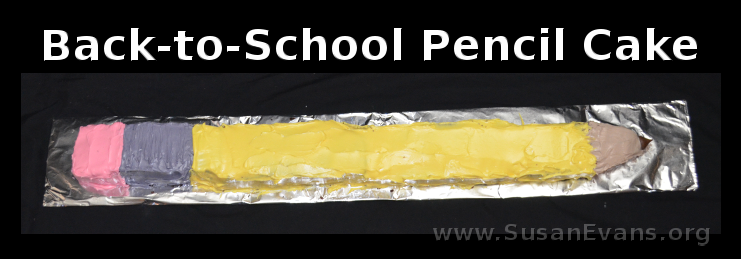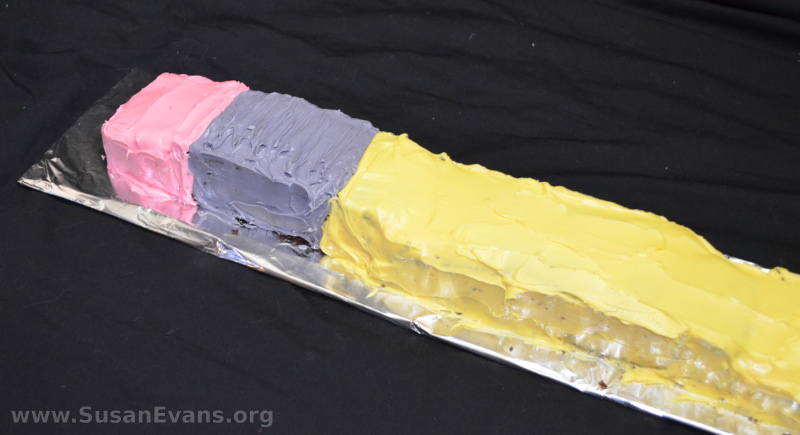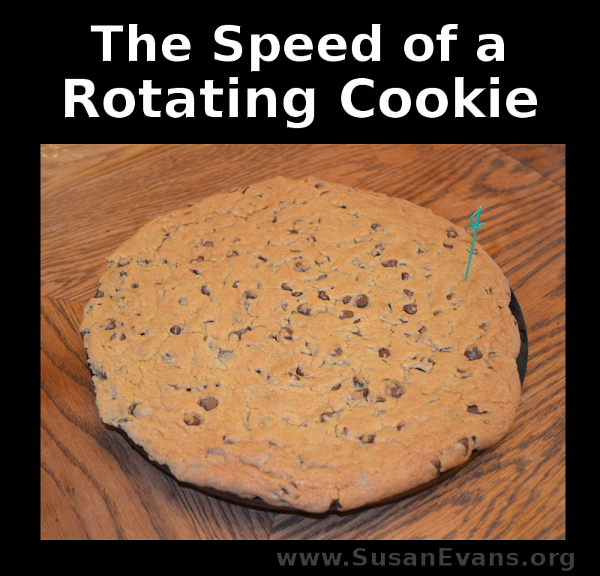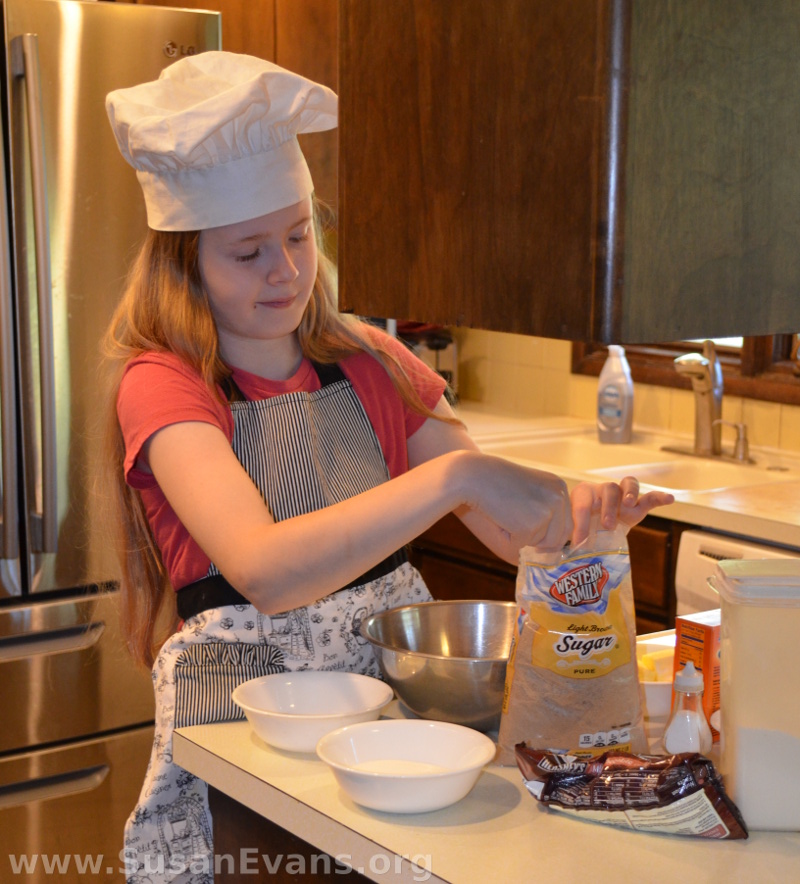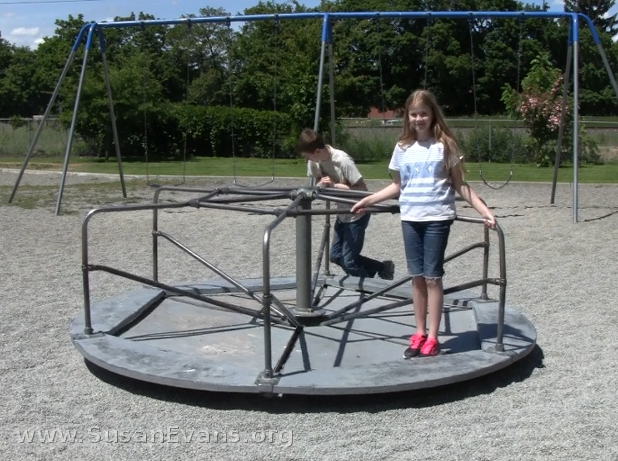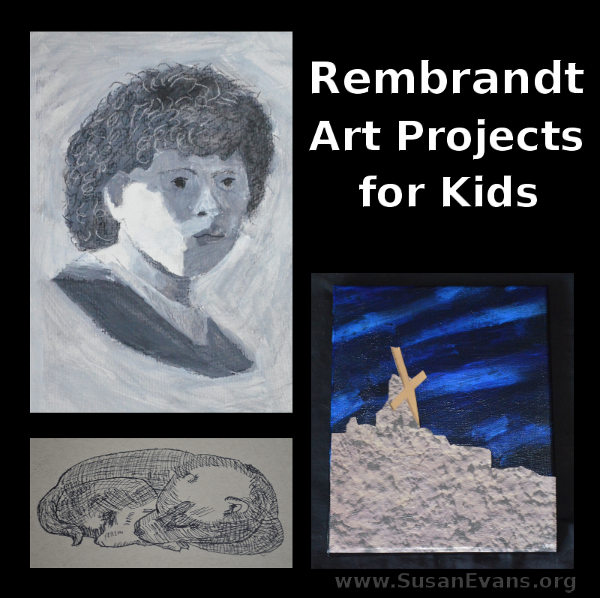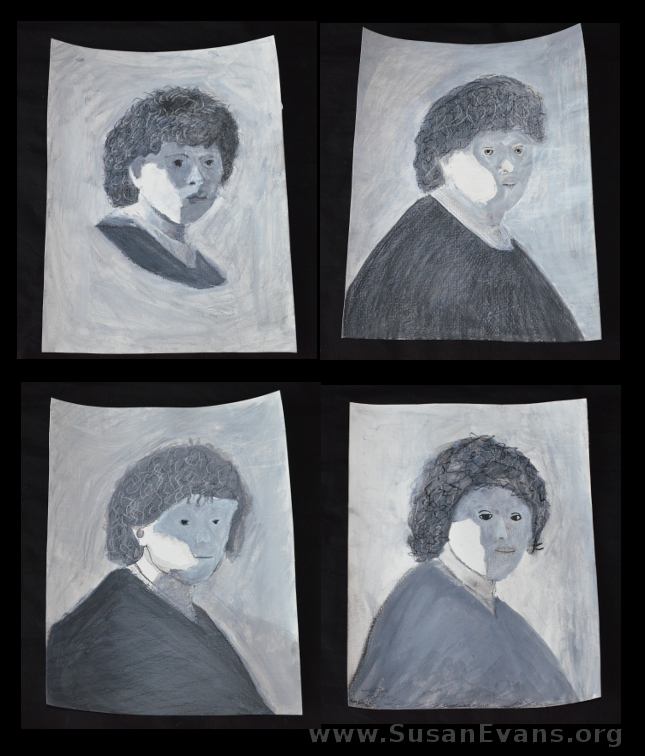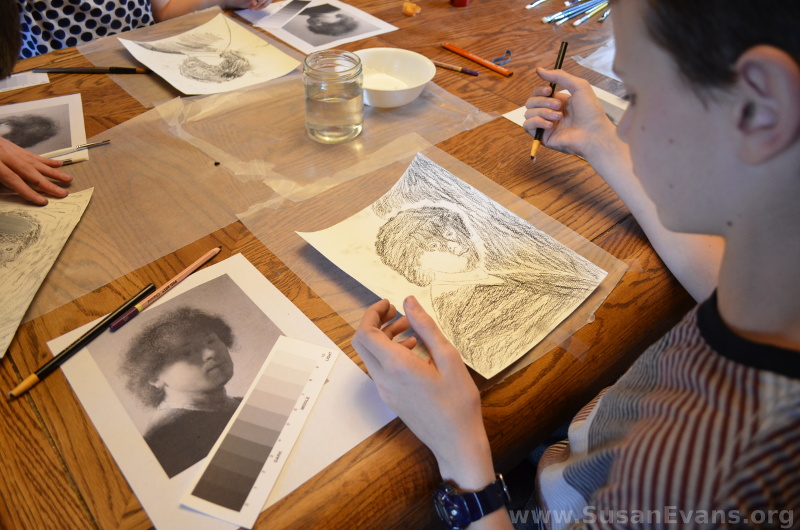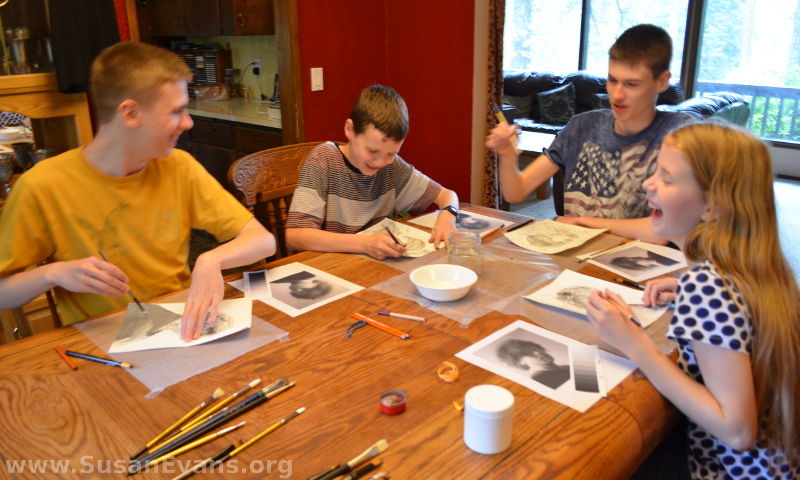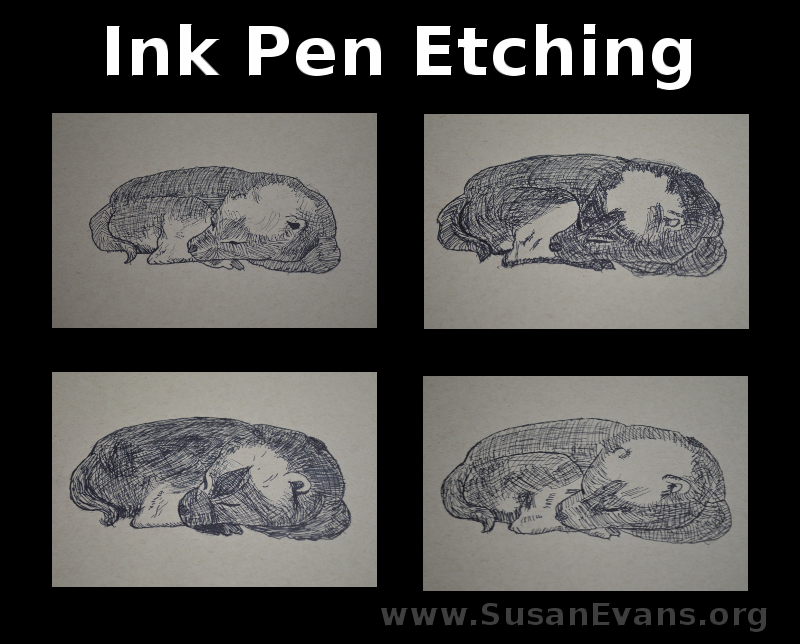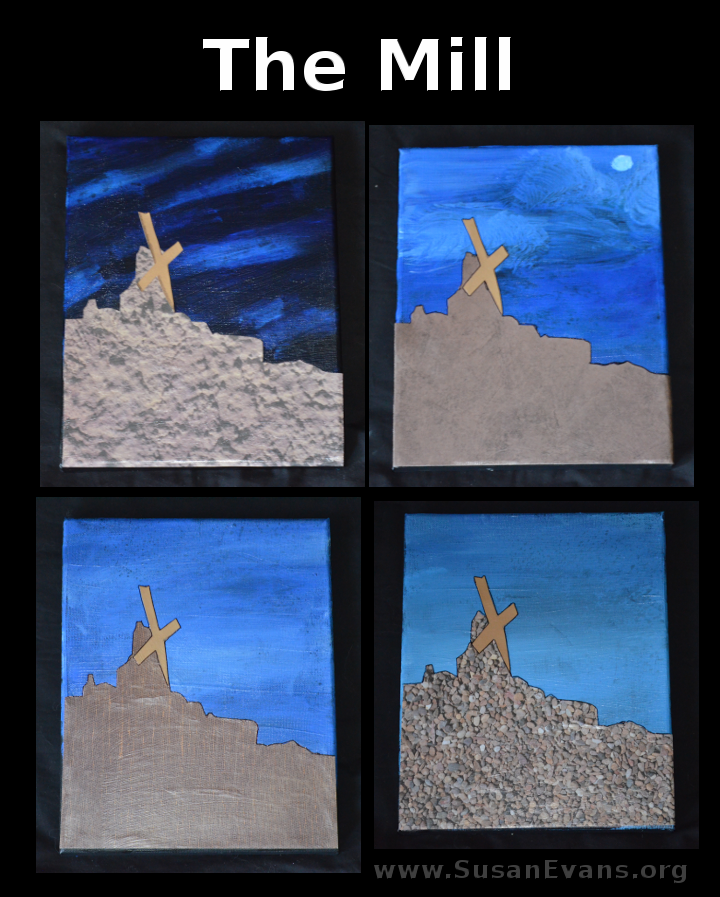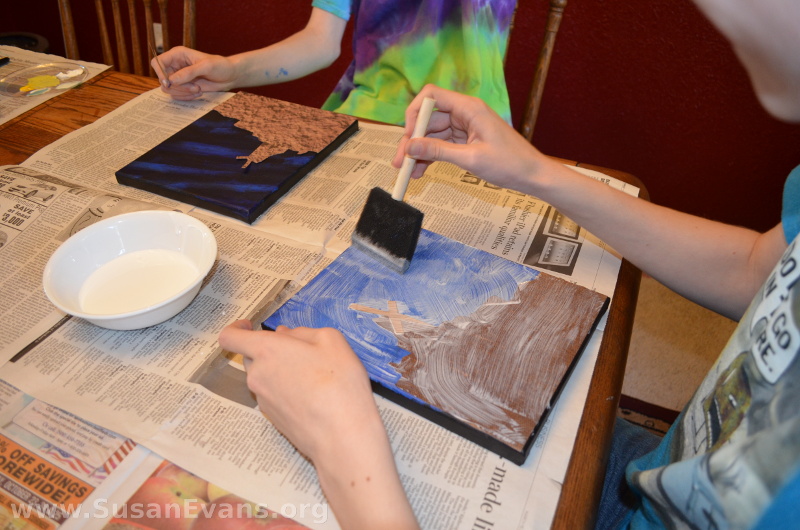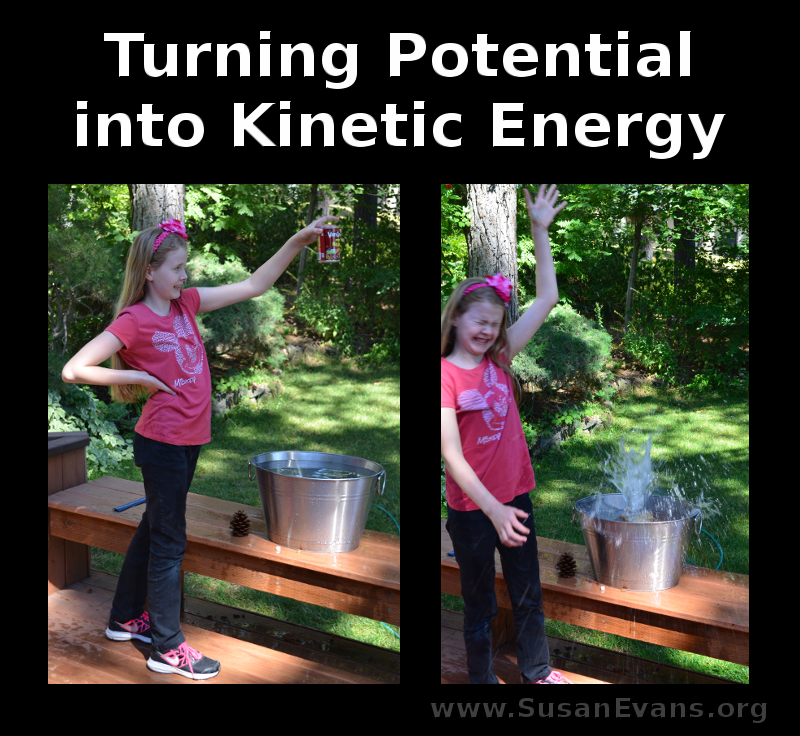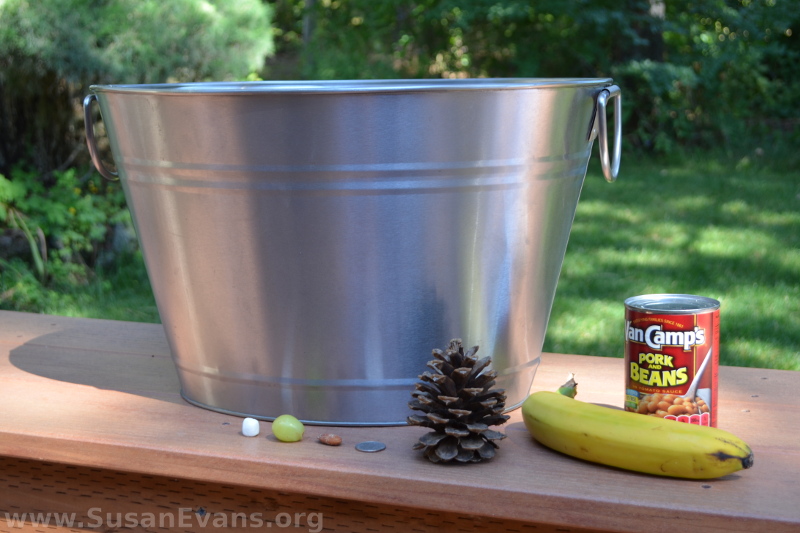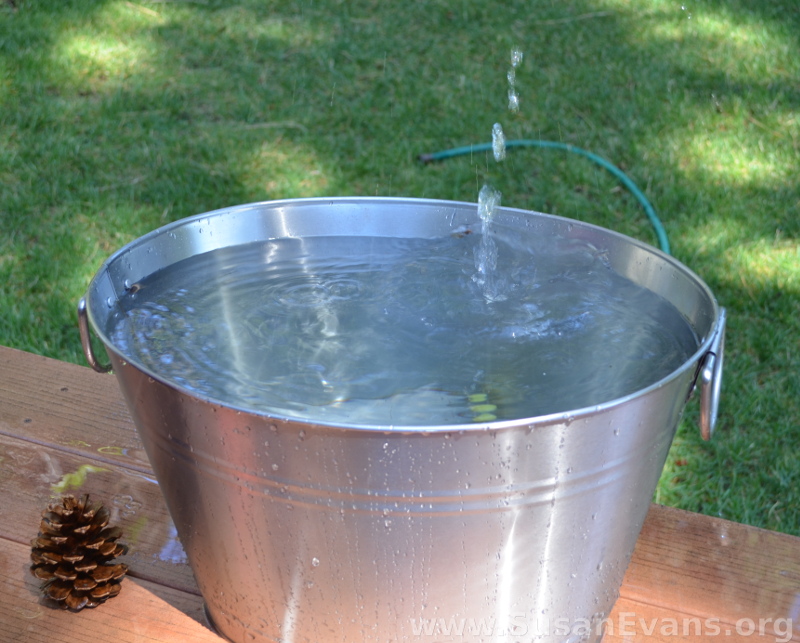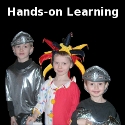Why not make this fun back-to-school pencil cake? It’s super easy to make, and eating cake will make the beginning of the school year all the sweeter.
First you will want to bake a rectangular cake. We made ours chocolate, and we used a boxed cake mix. You will want three vanilla icing containers. (We used two, but it would have been easier with three.)
Dump two icing containers into a larger bowl and stir yellow food coloring into it until you get the right color of yellow. You might want to grab a pencil and place it next to your icing so you can compare the shade of yellow to the real pencil.
Divide the third icing container into three bowls: one will be pink, one tan, and one gray. You can buy black food coloring in a cake aisle of a craft store. Create the gray color by adding black food coloring to white frosting. The pink can be created with red food coloring. What I did for the tan was to place some chocolate icing into the white icing, since I had left-over chocolate frosting from a different project. If you don’t, you can use any food coloring until you get the right shade of tan.
We cut the rectangle cake in half, and those halves in half. If the cake is horizontal, make your cuts vertical. (You are cutting short pieces, not the long way.)
Lay your pieces of cake on some cardboard lined with foil. (I used packing tape to connect two pieces of cardboard on the back.) Make a point on one end of your pencil cake by making one end look like a triangle.
Now you are ready to frost the cake. I stared with the back of the pencil. I frosted the eraser pink. Then I frosted the metal part of the pencil gray. The remainder of the pencil is yellow, except for the tip, which is tan. I used a Hershey’s chocolate kiss for the point of the pencil.
Your pencil cake is complete! Have fun celebrating at a back-to-school party!
